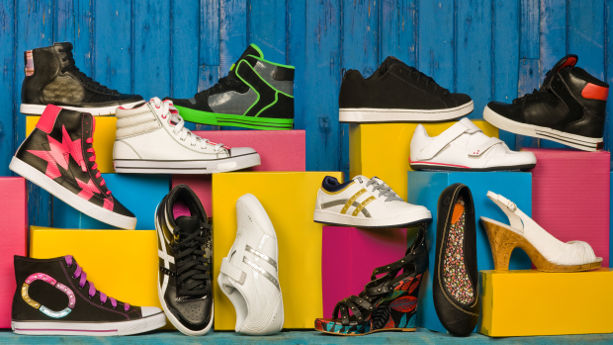The athletic footwear industry is a dynamic and ever-evolving sector that combines fashion, technology, and performance. This analysis delves into the business models, trends, and market size of the athletic footwear industry, exploring the factors that drive its growth and shape its landscape.

- Business Models in Athletic Footwear:
- Explore the various business models prevalent in the industry, including manufacturer-owned retail, third-party retail partnerships, and direct-to-consumer approaches. Analyze how these models impact distribution, brand visibility, and profit margins.
- Brand and Endorsement Strategies:
- Examine the significance of brand endorsements and collaborations with athletes and celebrities in the athletic footwear industry. Discuss how these strategies contribute to brand identity, market positioning, and consumer loyalty.
- Technology Integration:
- Investigate how technology plays a pivotal role in the industry, both in terms of product innovation and marketing. Explore the use of advanced materials, smart technologies, and data analytics to enhance performance and consumer engagement.
- Sustainability Initiatives:
- Analyze the growing emphasis on sustainability within the athletic footwear industry. Explore how brands are adopting eco-friendly materials, ethical manufacturing practices, and sustainable packaging to align with consumer preferences and corporate responsibility.
- Fashion and Streetwear Influence:
- Discuss the impact of fashion and streetwear trends on athletic footwear. Explore how the convergence of sportswear and everyday fashion has created a market for stylish and versatile athletic shoes, influencing both design and consumer preferences.
- E-Commerce and Digital Transformation:
- Explore the role of e-commerce and digital platforms in the distribution and marketing of athletic footwear. Analyze how online sales, social media marketing, and virtual try-on experiences are reshaping the consumer journey.
- Global Market Trends:
- Examine regional and global trends in the athletic footwear market, including emerging markets, cultural preferences, and regional variations in consumer behavior. Discuss the impact of globalization on the industry’s reach and market share.
- Athleisure Phenomenon:
- Explore the athleisure trend and its influence on the athletic footwear market. Discuss how the demand for comfortable and stylish athletic shoes for everyday wear has created new opportunities and challenges for industry players.
- Market Size and Growth Projections:
- Provide an overview of the current market size of the athletic footwear industry and forecast its growth. Discuss factors such as population demographics, increasing health awareness, and the rise of athleisure contributing to market expansion.
- Challenges and Opportunities:
- Analyze the challenges faced by the athletic footwear industry, such as competition, counterfeiting, and supply chain disruptions. Discuss potential opportunities for growth, including niche markets, technological advancements, and strategic partnerships.

Conclusion: The athletic footwear industry is a multifaceted landscape shaped by business innovation, technological advancements, and shifting consumer preferences. Understanding the dynamics of business models, market trends, and the evolving consumer landscape is essential for industry stakeholders to navigate this competitive and dynamic environment successfully.


